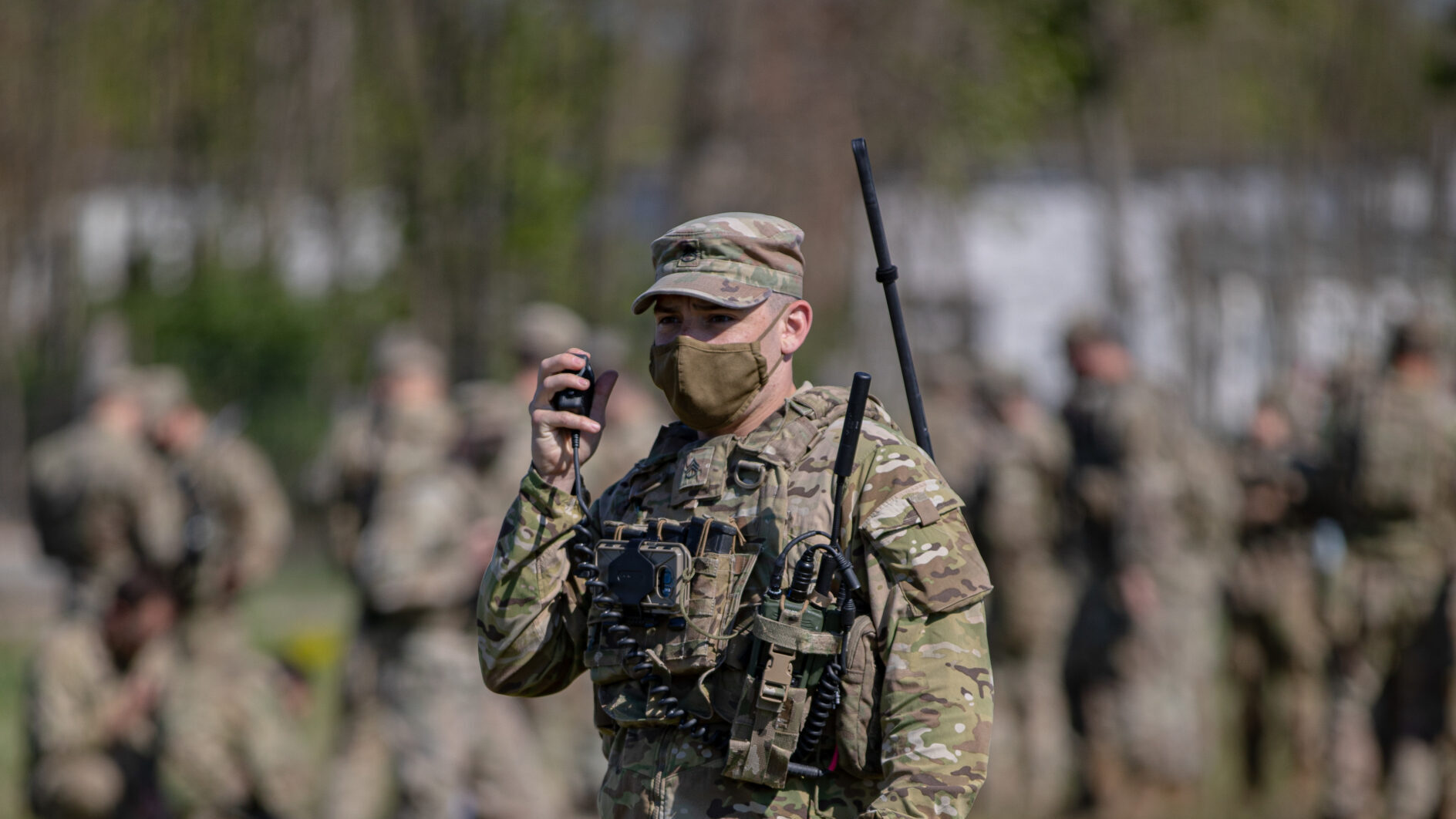BRAD D. WILLIAMS

AUSA: Following Friday’s release of the Army’s new Unified Network Plan, key generals recently talked about the central role a unified network will play in moving the service toward its vision of Multi-Domain Operations by 2028.
“[The UNP] provides an operational framework for how we want to move forward,” Lt. Gen. John Morrison, deputy chief of staff G6 Army, said at the 2021 Association of the United States Army (AUSA) annual meeting on Monday. “The unified network is not a new thing. The unified network is not a requirement. It’s an operational imperative.”
In announcing the UNP on Friday, the Army said, “The Unified Network will enable Army formations, as part of the Joint Force, to operate in highly contested and congested operational environments with the speed and global range to achieve decision dominance and maintain overmatch. The plan shapes, synchronizes, integrates, and governs Unified Network efforts and aligns the personnel, organizational structure, and capabilities required to enable MDO at all echelons.”
Morrison said the Army’s unified network will be “global by nature, not stove-piped by theater.” He said that means, in part, discarding the old distinction between the “enterprise” network for business and the tactical network for combat. The entire network has to be readily available and provide commanders all levels — strategic, operational, and tactical — the information and capabilities they need. “It’s got to be all-encompassing” he said.
The goal is “decision dominance,” a term prevalent in Army commanders’ speeches since spring. If the Army doesn’t make the “significant changes” laid out in the UNP, then “We won’t get the speed, we won’t get the range, and we won’t get that convergence of cutting-edge technologies that enable data to be where needed,” Morrison said.
Morrison observed that the UNP entails several tasks, including optimizing the Army’s existing network; modernizing the network; aligning the strategic, operational, and tactical; and designing the organization to support it and training troops to use it.
Morrison said the security architecture for the network is “probably the biggest deliverable” over the coming months, because “fortunately or unfortunately, our adversaries are contesting us every day in this environment. I will offer you there will be no sanctuary in the next fight. We have to have a resilient network.”
Brig. Gen. Jeth Rey, who recently came from US Central Command to take over as the director of the Army’s network cross-functional team, said his group is currently “drawing up” the unified network’s data fabric, which will allow the Army to move data in myriad formats and classification levels to get “data to the point of need so commanders can make decisions.”
Rey said his experience at CENTCOM shaped his viewpoint, largely because sharing data there was “cumbersome.” Rey said three elements, in his view, underpin the unified network: transport-agnostic with multi-path capabilities, data-centric environment, and “most importantly,” security architecture. His additional comments echoed the Defense Information System Agency head’s comments last week on moving from a “network-centric” to a “data-centric” viewpoint.
Maj. Gen. Rob Collins, program executive officer for command, control, communications-tactical (PEO C3T), said the Army has “a significant amount of momentum” toward a unified network thanks to the ongoing, multi-year initiative around Project Convergence capability sets. With the UNP, “We now have a vision and construct by which we can orient ourselves.”
Like Rey, Collins said data underpins the network. Collins also touted what he called “soldier-centric design,” in that the Army gets feedback from end users and then applies that feedback to inform new capabilities. Morrison later echoed Collins, adding, “The best way to build this network is to put it in an operational environment and get soldier feedback.”
No comments:
Post a Comment